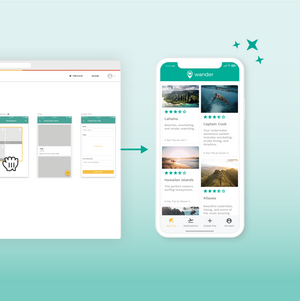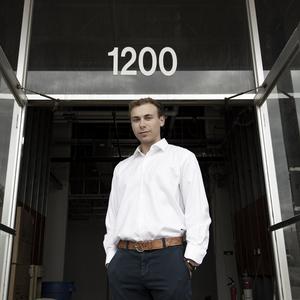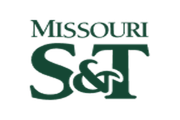
When applying to colleges, Ritika Tejwani was attracted to Washington University’s joint program in computer science and business. The Washington University sophomore is already putting her studies to use.
Just 19 years old, Tejwani has already interned with a federal government agency and major health care system in technology roles. This past summer, Tejwani interned at National Geospatial-Intelligence Agency through the National Security Innovation Network’s X-Force Fellowship program. Prior to that, she held an internship at Winston-Salem, North Carolina-based Novant Health where she worked on an innovation team examining new technologies that could be incorporated into the company’s patient care. Tejwani is from Charlotte, North Carolina.
Did you always envision working in the tech field? I’ve always joked about growing up in the stereotypical Indian family of doctors: my grandparents, my parents and soon my sister. But as the odd-one-out opting to pursue a non-medical track, I often felt lost as I navigated my professional interests. Throughout high school, I explored classes and online learning resources, joined clubs, and interned with a wide variety of companies. Ultimately, through these experiences, I found myself gravitating towards computer science, particularly artificial intelligence, machine learning, and virtual reality technology. Now, as a college student pursuing a joint major in business and computer science, I see the two sides separately. I really like how strategy plays a role in economics and learning how businesses make decisions. And on the other side, I really like how computer science offers a carefully calculated step-by-step approach to designing effective solutions. But I am interested in looking at how business and computer science converge.
What’s your proudest accomplishment? During my senior year of high school, I worked as a computer science research intern for the graphics and virtual reality research group at the University of North Carolina at Chapel Hill. Under the guidance of Professor Henry Fuchs, I designed and developed an independent project that involved creating an immersive physical therapy experience in virtual reality using depth cameras, modeling and animation software, and an Oculus Quest. I found the process of designing and creating this interface very exciting because I could use creativity in animating the human model, and I could visualize the improvements as I made adjustments in code. I gained programming skills in Python, C++, and C# when creating a 3D model of the therapist and using pose data and image reconstruction methods to apply movements to the model. In addition to everything I learned and accomplished, I consider this project my proudest accomplishment because of how valuable it was to understand the relevance and application of this project: allowing physical therapists and patients to connect virtually during socially-distanced times.
Where do you see yourself and your career in five years? In the future, broadly speaking, I am interested in learning how to design artificial intelligence (AI) and machine learning (ML) systems to extract data insights for applications in automating business processes, enhancing national intelligence systems, and improving disease detection and prognosis. In particular, I see myself as an entrepreneur accelerating the use of artificial intelligence and data in health care settings to enhance patient-physical interaction and increase the efficiency of internal operations. Within this ambition, my goals fall into three main categories: using my knowledge and skills to develop data visualization and ML models, taking new approaches to existing datasets, and integrating personal perspectives into software systems.
What can St. Louis do to engage more young technologists like yourself? To engage more young technologists, St. Louis needs to foster collaborations and partnerships between local startups and students. Oftentimes, high schools and college campuses feel like a sheltered bubble within the city in which they are located. But I think if done properly, a region’s entrepreneurship, business, and community scene can grow tremendously with partnerships between students and startups. Students are looking for work experience while startups are looking for people to do work at a low cost. For this reason, integrating students with the local startup community is so essential and valuable to the growth of entrepreneurship. For example, forming a contract for which a student volunteers to manage the finances of a local coffee shop while the owner offers all students a discount on any purchase forms a mutual partnership between the two sectors. Not only does this benefit both parties involved, but it also builds a community that is more integrated, interdependent, and prosperous. On the individual level, students build a network and startups gain a personal perspective of their work and how it impacts the community. As we engage more students and young technologists with startups and vice versa, we can help each other grow both individually and collectively.







